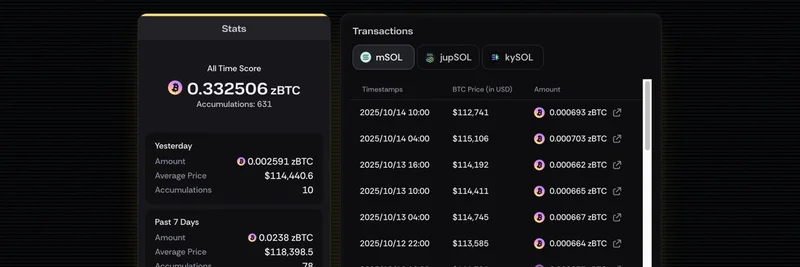In the fast-evolving world of blockchain, big corporations are increasingly rolling out their own Layer 1 (L1) blockchains. But why skip the easier paths like Layer 2 (L2) solutions or building on established chains? According to a recent tweet from Mert, the CEO of Helius Labs—a key player in Solana's infrastructure—the motivation isn't about better product experiences or wider distribution. It's all about chasing those massive valuations.
Understanding L1 vs. L2 Blockchains
For those new to the space, let's break it down simply. A Layer 1 blockchain is the base layer, like Ethereum or Solana, handling everything from consensus to security. It's the foundation. Layer 2 solutions, on the other hand, build on top of L1s to scale things up—think faster transactions and lower fees without starting from scratch. Examples include Optimism on Ethereum or even custom extensions on Solana that let you tweak the chain for specific needs.
Mert argues that you could achieve similar customizations with far less hassle by opting for an L2 or Solana's extensions. "You can build the same customizations with 100x less pain," he tweeted. So, if it's not about tech efficiency, what's driving these corporate L1 launches?
The Real Driver: Sky-High Valuations
The punchline? It's the potential for enormous market caps. L1 blockchains can skyrocket to hundreds of billions in value, offering corporations a rare shot at trillion-dollar dreams. As Mert puts it: "The reason must simply be that L1s can be worth hundreds of billions and when you're at that size there's just not many other billion dollar shots you can take."
This perspective resonates in the crypto community, especially amid replies highlighting greed, control, and branding. One user quipped, "Greed is a hell of a drug," while another noted it's about "swinging for the trillion dollar fences." Even compliance requirements were mentioned as a factor, but the core seems to be financial upside.
Check out the original tweet here for the full context and community reactions.
Implications for Meme Tokens and Blockchain Practitioners
At Meme Insider, we're all about meme tokens—the fun, viral side of crypto often built on efficient L1s like Solana. This trend of corporate L1s could shake things up. On one hand, more chains mean more places for memes to thrive, potentially fragmenting liquidity but also sparking new narratives and pumps. Imagine a corporate-backed L1 hosting the next big meme coin frenzy—could it blend mainstream adoption with degenerate trading?
However, it also highlights a key lesson for meme creators and traders: Valuation isn't always tied to utility. Just like how some memes moon on hype alone, these L1s are betting on network effects and speculation. For blockchain practitioners, this underscores the value of scalable ecosystems like Solana, where extensions allow innovation without the full L1 build pain.
If you're diving into meme tokens, keep an eye on how these corporate moves affect gas fees, interoperability, and cross-chain memes. Tools like Helius Labs' APIs (helius.dev) can help you stay ahead by providing real-time Solana data.
Wrapping Up: Tech vs. Treasure Hunt
Mert's take cuts through the noise—it's not always about superior tech or UX; sometimes, it's a high-stakes treasure hunt. As corporations chase those billion-dollar valuations, the blockchain space gets more competitive, which could fuel innovation in the meme token world. What do you think? Will this lead to better memes or just more fragmentation? Drop your thoughts in the comments below.
Stay tuned to Meme Insider for more insights on how blockchain trends impact your favorite memes.

